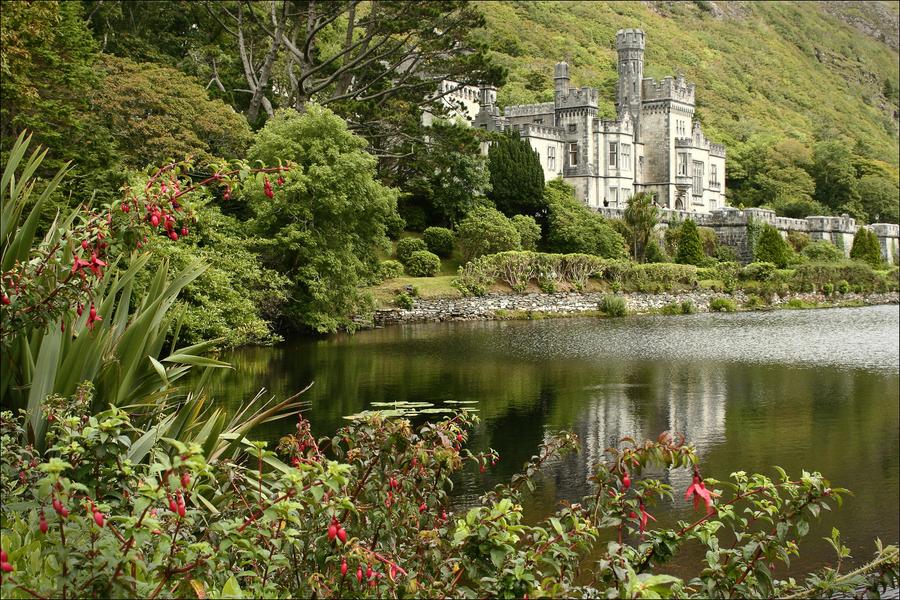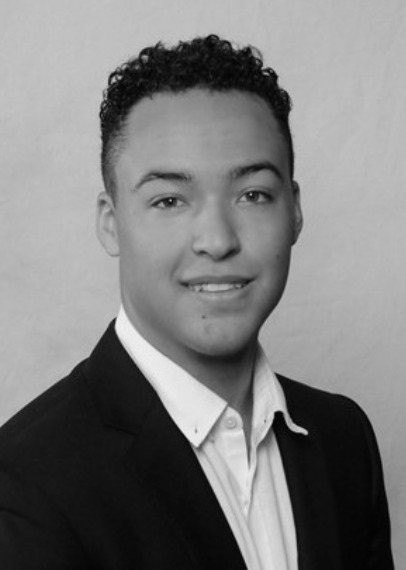Some moan about the ubiquitous flatness of contemporary design; others do something about it. Last year New York and San Francisco Bay Area–based architecture and design firm Ike Kligerman Barkley announced a fellowship program to fund two students’ trips to study architectural history abroad. This year, IKB is doing it again.

The lucky scholars? Jamie Lipson of Princeton University School of Architecture, who will study Connemara marble, a green-colored stone native to Western Ireland; and Julian Murphy of Notre Dame will study World War I memorials and how their elements were morphed or lost in the years after they were built.

IKB will fund the students’ travel and research, encouraging (and financing) their exploration of the importance of architectural history incorporated into today’s design. Last year’s recipients, Evan Sale of Yale University and Rebecca Kennedy of University of Texas, went to Oaxaca, Mexico, as well as Italy and Switzerland. “My biggest focus is that people are always learning—whether they work in our office or not,” Thomas A. Kligerman tells Business of Home. “The returning fellows come to share what they have learned on their travels—there is always something to learn from that, for everybody.”
Kligerman hopes that with his firm’s investment in practical experience, there will be impact of a larger scale, maybe even on the industry as a whole. (One small step at a time, of course.) “In the short term, the travel should, at a minimum, be fun,” says Kligerman. “In the long run, more knowledge lifts the entire field. I’m sure that down the road we will see something our fellows have learned play out in design theory or an actual building.”

Besides, he’s tired of seeing pricey properties with no good qualities. (You really notice it when you go out to look at some of these houses,” says Kligerman. “I visited a house in Utah that was fairly well built, extremely expensive, and there was not a single redeeming thing about it.”) AutoCAD and Revit are fine, but they lack the texture and depth of architectural history.
Proof was in the results—IKB’s first two fellowship winners came back and presented their findings to the IKB team, a summary of rural vernacular construction techniques in Oaxaca (a subject Kennedy now plans to pursue a Ph.D. in) and the impact of Italian fascist design in the 1930s and its impact today (with Sale traveling the length of Italy in the process). “Everybody learned!” says Kligerman. “Just when you think you know a lot, here’s someone who’s 21 and focused on a world you never even knew about.”
Twenty-two schools are eligible for the fellowship, and any number of students from those schools are welcome to apply; fellows are chosen based on the creativity, specificity and significance of their proposals by a jury of three partners, two senior leaders and two outside contributors (selected on a rotational basis).
The goals for IKB’s investment in the fellowship are not, Kligerman says, in hopes of getting loyal customers. Recruitment maybe. “We spend a lot of energy marketing to potential clients,” he explains. “The fellowship is different. It is a way to market our firm to young architects who are still in school. My hope is that some of them may want to come work with us at IKB.”



























